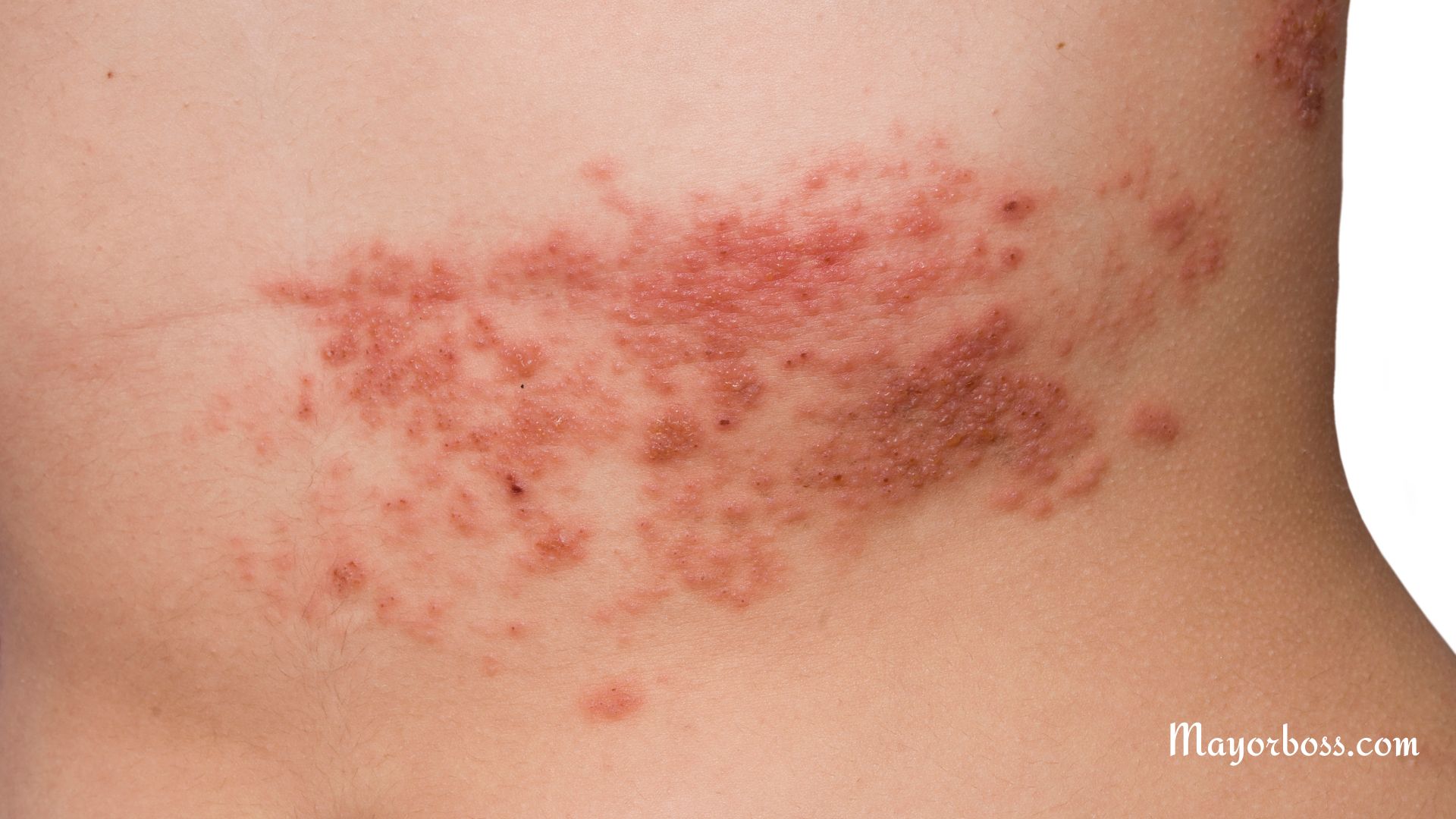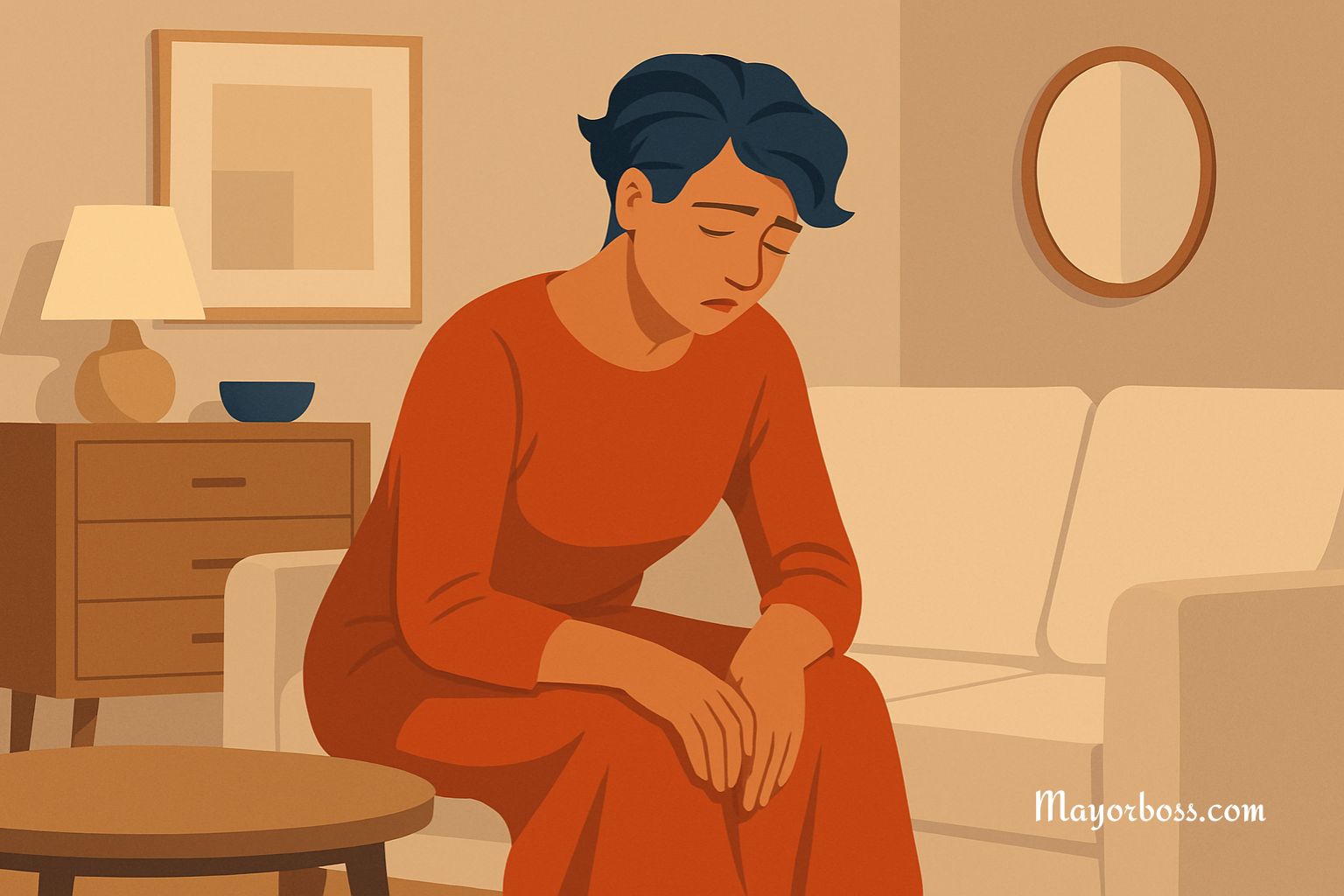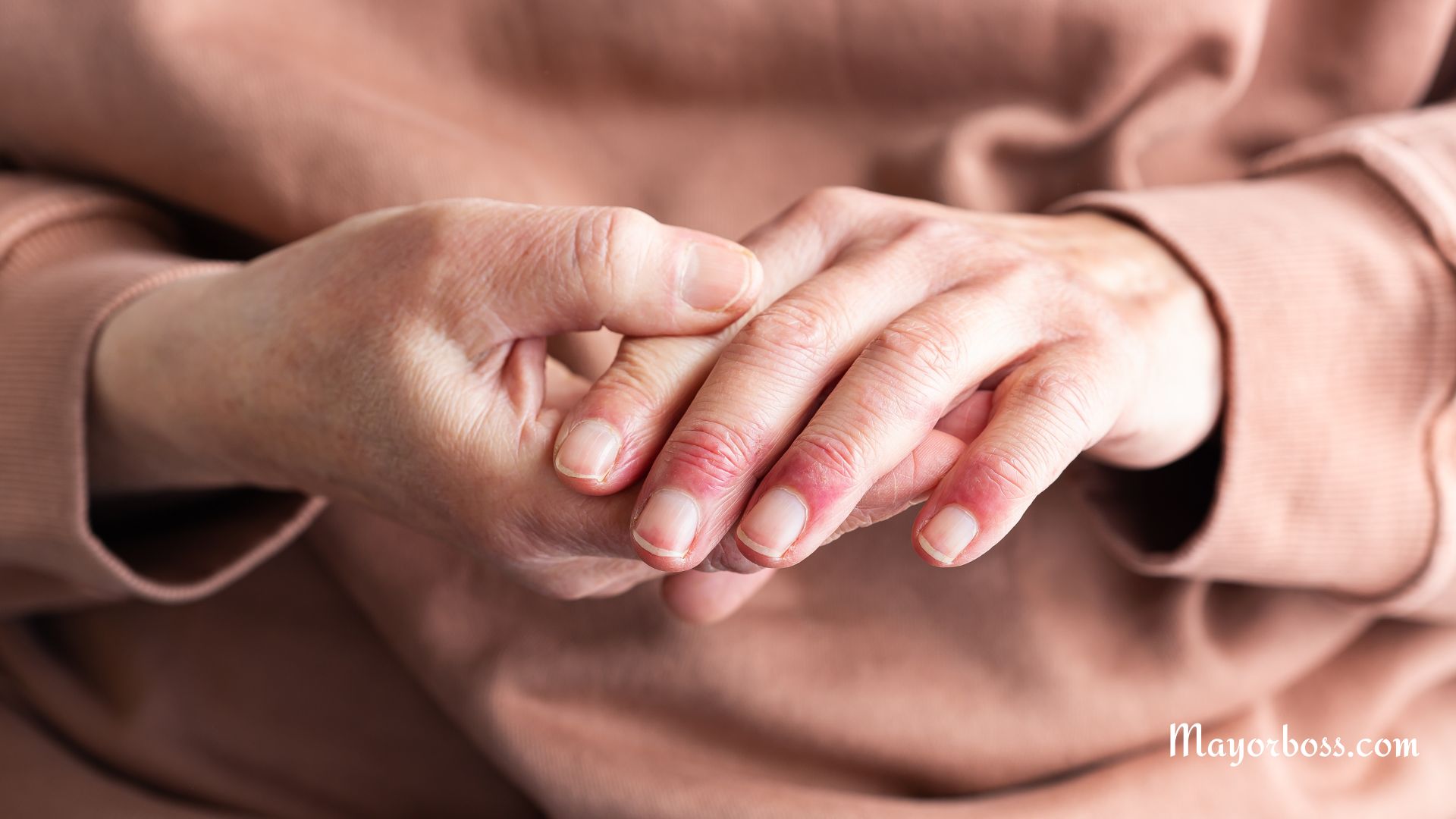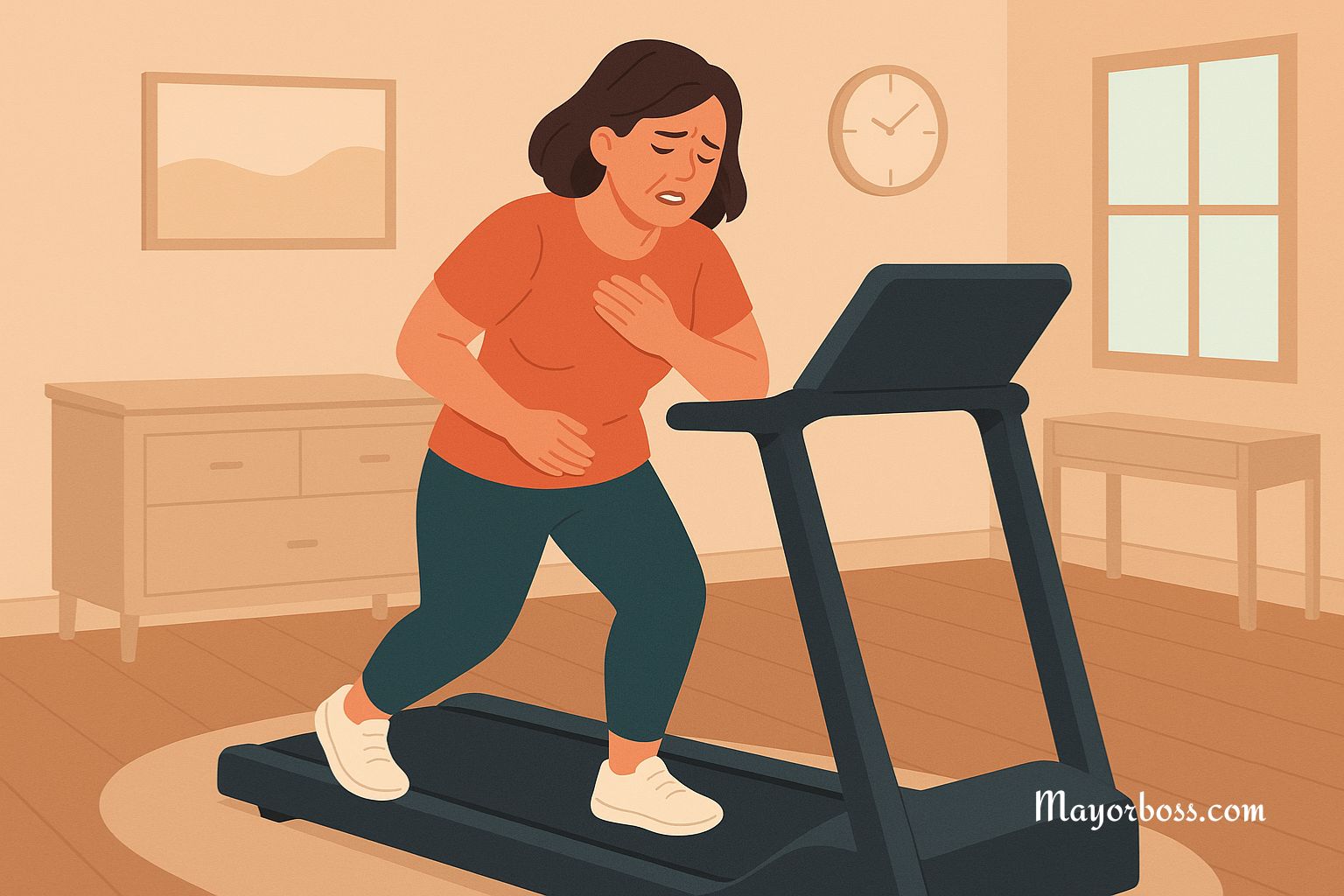Symptoms of Shingles
Shingles is an infection caused by the varicella-zoster virus, the same virus responsible for chickenpox. If you’ve ever had chickenpox, the virus can lie dormant in your system and reactivate later in life, resulting in shingles. The main symptom is a painful rash, usually on one side of the body. The rash can develop into blisters, which may burst and crust over.
Early Warning Signs of Shingles: Before the Rash Appears
Tingles and Itching
Before you even spot a rash, you might feel tingling or itching on one side of your body or face. This is a critical period; if you suspect you’re getting shingles, consult a healthcare provider immediately for possible antiviral medication.
Pain
Another early sign is localized pain. You’ll typically feel this in the area where the rash will eventually appear. In some cases, the pain can be severe.
Flu-like Symptoms
You might also experience mild flu-like symptoms, such as fatigue and fever, although without nasal congestion. This is your body’s way of signaling that something is off.
The Rash: Shingles’ Hallmark

Appearance
The rash usually appears as a stripe of blisters on one side of your body, most commonly on the torso. It can also occur on the face, around one eye, or on one side of the neck or face.
Timeline
After the rash appears, it usually takes 7 to 10 days for the blisters to scab over. These scabs then fall off within the next few weeks.
Sensations
During this stage, you’ll likely experience a stinging or burning sensation. The pain can range from mild to severe and is often described as “shooting.”
Other Symptoms
Sensitivity to Light
If the rash is near your eye, you might find bright lights uncomfortable. In this case, consult a doctor immediately to prevent potential eye complications.
Headaches
Sometimes, shingles can also cause headaches, adding to the discomfort you’re already feeling.
Upset Stomach
While less common, some people report feeling nauseous or experiencing diarrhea. This usually occurs when the virus affects a nerve that controls a part of your gastrointestinal system.
When to See a Doctor
If you’re experiencing any of these symptoms, especially the early warning signs, it’s crucial to speak with a doctor or pharmacist. There’s no cure for shingles. But early treatment can help reduce the severity of the disease and lower your risk of complications.
According to Experts
Doctors and scientists agree that antiviral medication is most effective when started within 72 hours of the first sign of shingles. So, if you suspect you have shingles, don’t hesitate to seek medical advice.
Examples of Complications
Untreated or severe cases can result in complications like postherpetic neuralgia, a condition where the pain persists even after the rash has cleared. In some instances, shingles can also lead to pneumonia, hearing problems, or vision loss.
Prevention
The best way to prevent shingles is to get vaccinated. Two vaccines are currently available: the Shingrix vaccine, which is more than 90% effective, and the older Zostavax vaccine. Your healthcare provider can help you decide which is best for you.
So, if you’re over 50 and haven’t been vaccinated, it’s a good idea to discuss this with your doctor. Vaccination is especially important if you’ve already had chickenpox, as the virus could reactivate as shingles.






